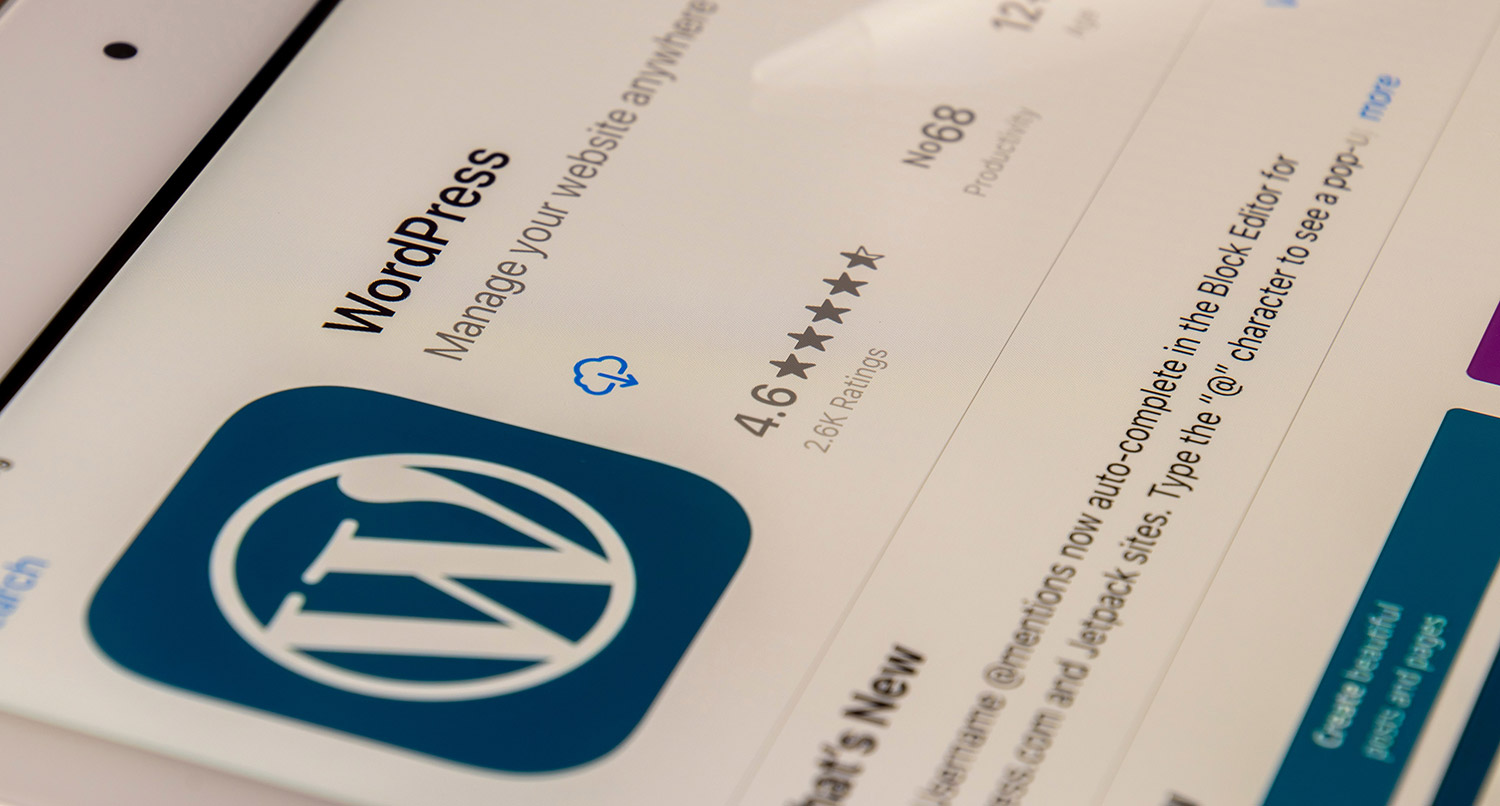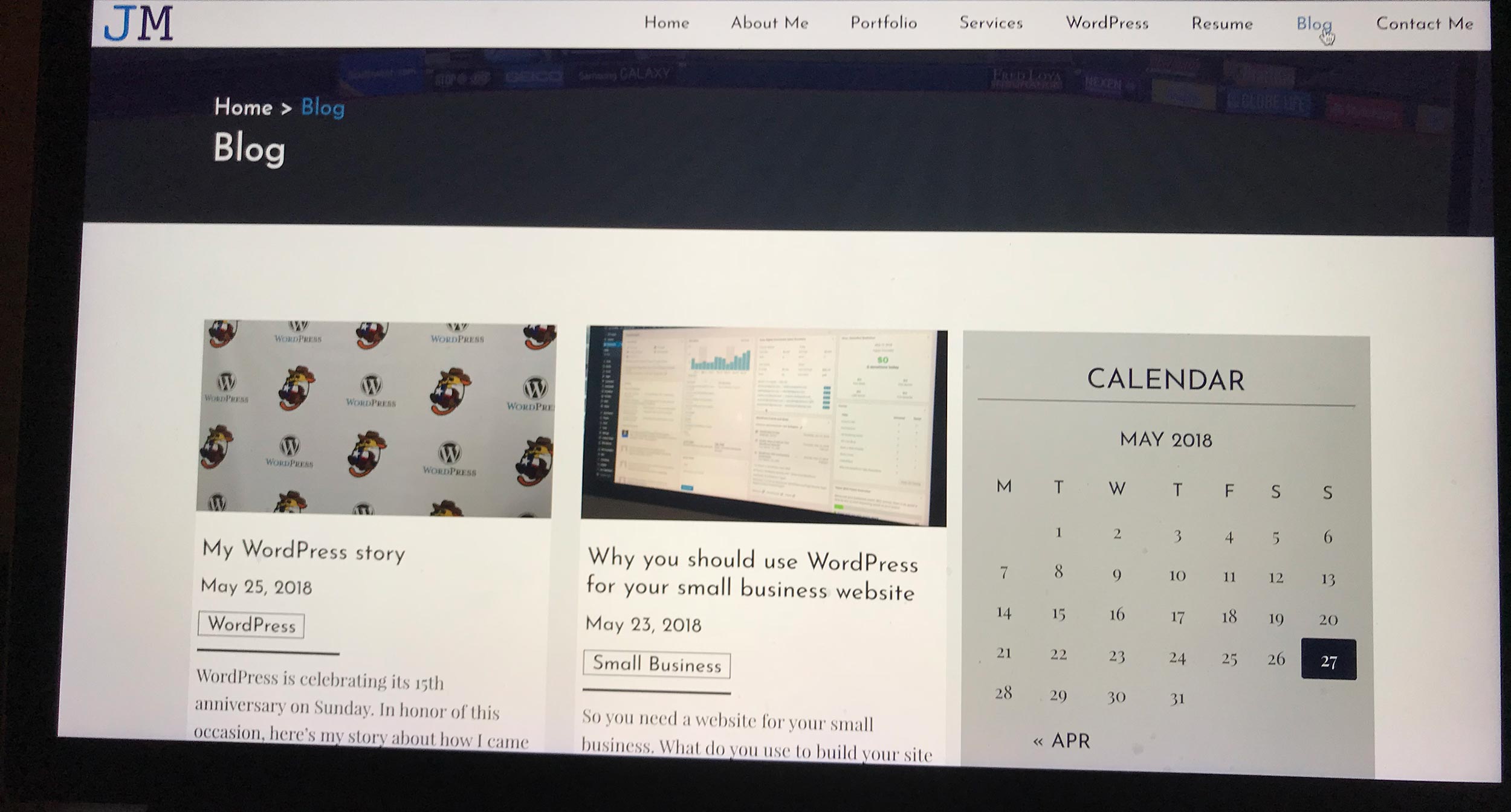People like to see what you do. And with photos and videos, that’s pretty easy to do.
But what about text? How do you describe what you do in ways that are going to keep people
The answer is that you focus on showing and not telling people what you do. You focus on being active and direct with your writing. And you avoid boring, lazy and passive phrases and sentences.
So today, let’s go through some ways that you can show and not just tell visitors to your website what you do.
Gets people to think about how you can help them
Outside of how much better it is linguistically, showing what you do instead of just telling others what you do shows people how you can help them. And it makes them more likely to stick around and hear what else you have to say.
Think about it. What if someone is having some sort of problem and they come to your website and they see a post you have where you show how you helped a customer with a similar problem?
How much more likely are they to be interested in what you do and how you can help them? It certainly helps to move the conversation forward.
Instead of just reading about what you do and how you say you can help your customers, focusing on showing that to them can get prospective customers think about how you can help them. They start to think that you know what you’re doing and can solve their problem and convert them into a customer.
Let’s Tell Your Story
Every person and business has a story. Why did you start the business? How have you helped customers succeed? What have you done in the community? You have a lot of options for how to tell the stories of your business from copywriting to other text stories to photos and videos. Let’s find the best way to create content for your website to tell your business’ story.
Let’s Create Content for Your BusinessChoose active tense over passive
One of the quickest things you can do to help you show more with your writing is to use active verbs over passive ones.
What’s the difference between the two? Passive verbs don’t really do anything. They tend to be like “is”, “am”, “was” and the like, and they show that the subject is being acted upon. Learn English Today has a great breakdown of passive tense if you would like to learn more about them.
Active verbs, on the other hand, have an action assigned to them. They show that the subject is doing something. He helped that customer. Or she solved this person’s problem.
Take for example this section from a small class assignment I did in a sports journalism course at the University of Texas. Notice all of the active words and how they help create a scene.
“Danny Macaskill speeds down a green meadow on an island in Scotland. Ahead of him is a fence. Instead of braking, Macaksill keeps going. His front wheel hits the fence. He torques his body to rotate the bike. The bike goes over his head.
“But then he lets go. He lands on a blue mat on the other side and covers his head in case the bike lands on him. It lands in front of him.
“Moments later, Macaskill again rides towards the fence. Again he hits the fence. This time he holds on to the bike, but he can’t stick the landing.”
The assignment was over describing this video about Danny Macaskill riding up a mountain on the Isle of Skye on a bike. You probably haven’t seen the video, but you can get a pretty good idea of what the scenery is like and what’s going on from this section. And the active words here also give it pacing to match the video.
So instead of saying “the customer was helped by our expertise and knowledge,” write “our expertise and knowledge helped the customer solve her problem.” Or instead of “that house was built by our talented workers,” type in “our talented workers built that wonderful house.” Or something along those lines.
That’s the way your writing should be. Pick those active words and use them to show others what you’re doing. It creates a more interesting story and helps the reader accurately understand what is going on.
Use examples
Finally, the best way to show what you’re doing instead of telling is to use examples of customers that you’ve helped. If you’re even moderately successful, you probably have a number of customer stories you can tell to show how you helped them.
You can talk about everything you offer, the process you go through to solve a problem and all of that. But if you can show those things in action, you take the conversation to a whole new level.
Plus, it gives you credibility. You’re not just someone who talks a big game. You’re also someone who can back that up. And you have the results to prove it.
That gives prospective customers the confidence to know that you can help them with their problems. You suddenly become the perfect person for them to go to for the solution. And again, the conversion process begins.
So if you’re creating more text content, make sure everything you do focuses on showing and not telling. And even if you’re not in a content marketing phase, go through your website and see where you can use more examples of customers and turn passive phrases into active ones. Your content will read so much better.
Show and tell is for school. Show, don’t tell, is for businesses.







